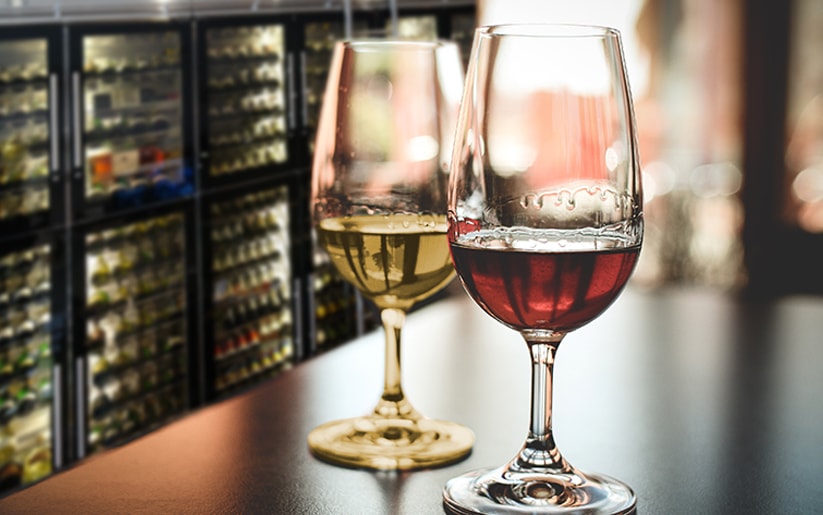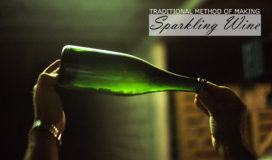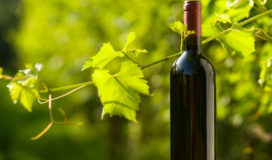It is a generally accepted rule of thumb that white wines are stored at cold temperatures prior to consumption, while red wines are consumed at room temperature. Today, we are here to bust this myth, since this logic doesn’t sit well with all wines. The temperature of a wine can greatly affect what a wine tastes like. So, take a look at the pointers given below for your next wine sitting –
Serving Temperature for White Wines
Prior to consumption, take white wines out of the fridge for a while. Alex Russell from Central Queensland University says it’s not advisable to serve a wine below 5 degrees Celsius. The flavour molecules in a wine evaporate to give off pleasing smells, which trigger the flavour buds on our tongue. If the wine is too cold, there will be less evaporation of the molecules, thus lesser taste in the wine and a diminished mouthfeel.
Sauvignon Blanc wines taste great around 6 to 8 degrees, while Rieslings need a warmer temperature (8 to 10 degrees). Dessert wines taste good at 10 to 12 degrees, while the Aussie frontrunner – Chardonnay, needs an even higher temperature (12 to 13 degrees).
Serving Temperature for Red Wines
Red wines do not need a lot of time in the fridge. Half of an hour of refrigerator chilling is enough for a red wine to reveal its juicy flavours. But room temperature is not ideal for them, since at such temperatures, the subtler flavours in a wine can get flushed out.
Pinot Noir wines taste best around 14 to 16 degrees, while robust reds like Shiraz and Cabernet wines are preferred at higher temperatures (close to 18 degrees).
Ensure that you do not rush your wines to subzero temperatures by chilling in the freezer, or to hot temperatures by heating them. This could damage the flavour characteristics in the wine, leading to an inferior palate.
Also remember, this is just a friendly wine serving guide for you and not a compulsion. If you like your wines at differing temperatures, knock yourself out!















